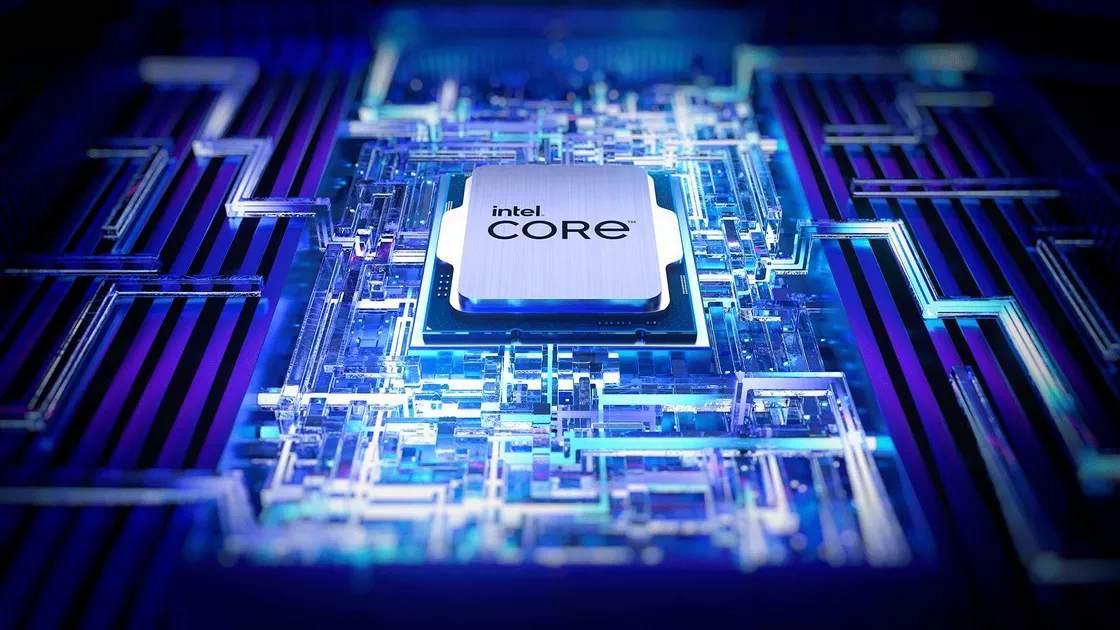Technology Simultaneous Multi-Threading (SMT), known as Hyper-Threading at Intel, it is a technology designed to improve the use of processor resources and increase performance with certain workloads.
Speaking of Intel processor acronyms, we have seen that Hyper-Threading allows a single core to run multiple threads at the same time. A thread represents a flow of instructions executed by the processor. Without SMT, a core can handle a single thread at a time; when SMT is enabled, the core can process multiple threads simultaneously.
Hyper-Threading technology introduced by Intel 22 years ago
Hyper-Threading operation involves sharing some physical resources between threads within the same core. THE advantages include better utilization of processor resources and potential reduction in idle time at the core level. In activities multitasking and in all those situations where the use of multiple threads can bring concrete benefits, Hyper-Threading allows you to push performance.
Hyper-Threading technology has been supported in most Intel processors (with a few exceptions) for 22 years now. The Santa Clara company included it for the first time in 2002 in its range of Xeon CPUs and then brought Hyper-Threading to its debut in the Pentium 4, during the same year. It was the era when Microsoft had just introduced Windows XP and Intel, for its part, has brought Hyper-Threading to the present day, making several optimizations along the way.
Intel could set aside Hyper-Threading in “next-gen” CPUs: but is this really the case?
The novelty is that starting from the next generation of Intel processors (both mobile and desktop), the company now led by Pat Gelsinger could abandon Hyper-Threading. This is what emerged when examining it screenshot del Task Manager relating to a system that apparently appears to run a very early example of a processor Lunar Lake 16th generation.
The same processors Arrow Lake-S intended for desktop systems (15th generation), according to what emerged from the analysis of Intel’s internal documentation, could follow the same path. In fact, every reference to Hyper-Threading seems to have disappeared.
We know that E core-based processors already don’t support Hyper-Threading. However, Intel seems to be oriented towards eliminating Hyper-Threading in the i case too higher performing models which join core E and core P.
It must be said, however, that the Lunar Lake screenshot refers to a“A1” type unit. This identifier describes the first examples that leave Intel factories, therefore still far from the final product. It is therefore not certain that Gelsinger’s company really wants to abandon Hyper-Threading.
The number of threads supported by the Lunar Lake A1 processor is only 8 when previous Intel CPUs with hybrid architecture, which include Hyper-Threading for the P-Core, reached 12 threads. It cannot therefore be ruled out that Hyper-Threading was simply disabled due to technical problems or for testing purposes.

